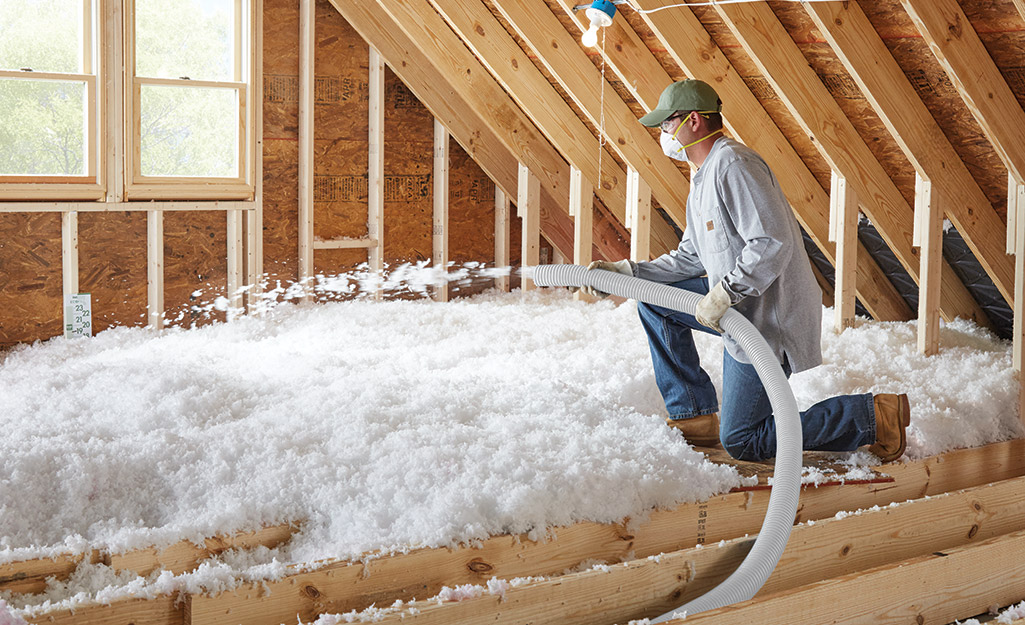
The right attic insulation can help retain cool air in the summer and prevent heat loss in the winter. There are many different kinds to choose from for your home.
R-Value
To find the right attic insulation, you should know the recommended R-value for your home. This is the material’s resistance to heat flow. The higher the value the better insulator it is. The R-value of your home can tell you what type of insulation you need. The attic’s R-value should be anywhere from 30 to 49. For example, if you pick insulation that has an R-value of three per inch and you want to have an R-value of 36 then you are going to need 12 inches of material.
Different Types of Insulation
Blanket insulation is one of the easiest ones to use and it’s available in mineral, plastic, fiberglass, or other natural fibers. This type of insulation is best for attics that have spaced joists and beams and not a lot of obstructions. To maintain R-value effectiveness, the rolls need to be trimmed in order to fit closely around the vents. Loose-fill insulation is ideal for attics that have a lot of obstructions or not a lot of headroom.
It can be blown over any existing insulation and is available in different materials, such as fiberglass. Cellulose is the most effective material with a higher R-value. You can spread this type of insulation manually or use a machine. While both blanket and loose-fill insulation can be put in by yourself, you want to work with a professional for the best results. Spray foam insulation isn’t a do-it-yourself project and can be more expensive, but it has one of the higher R-values. Both types of spray foam insulation are made with polyurethane to provide an effective air barrier and moisture barrier if needed.
